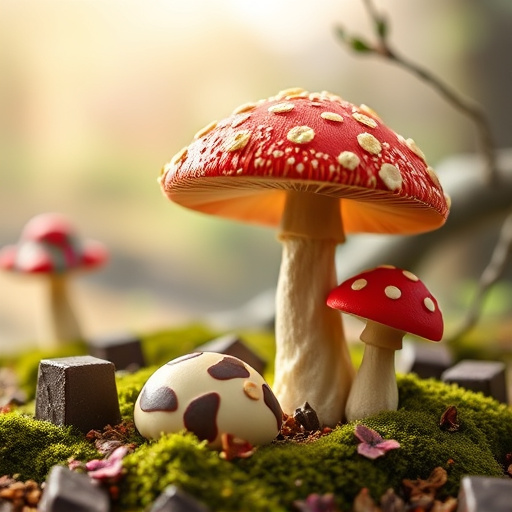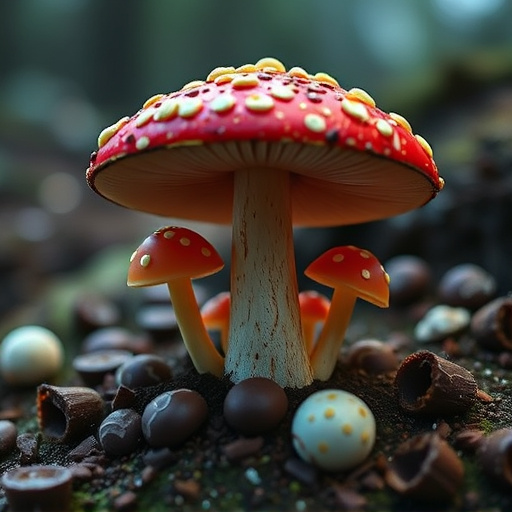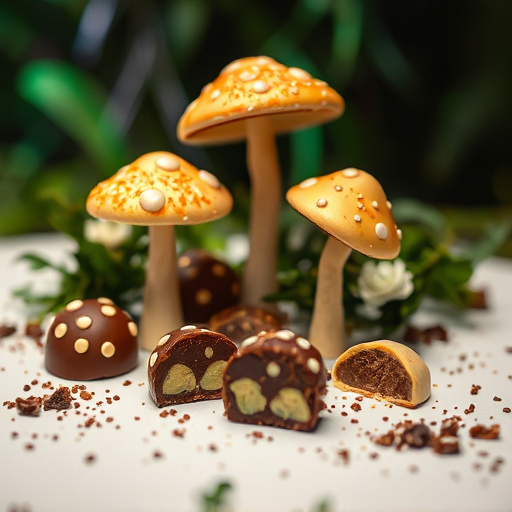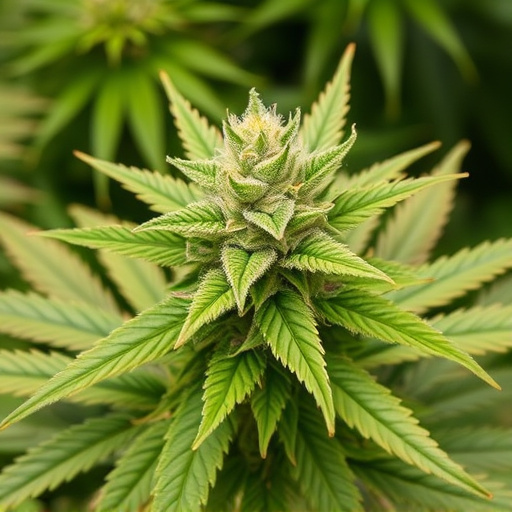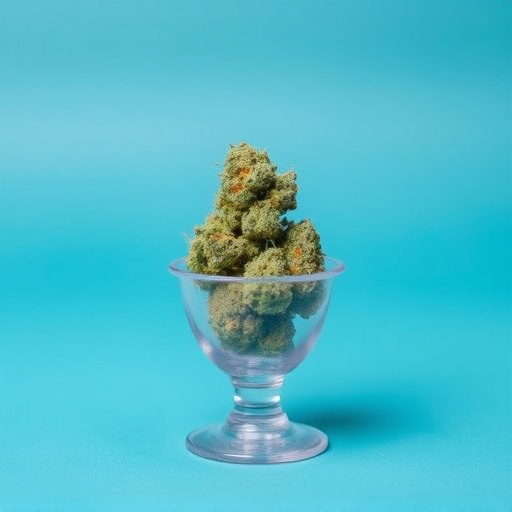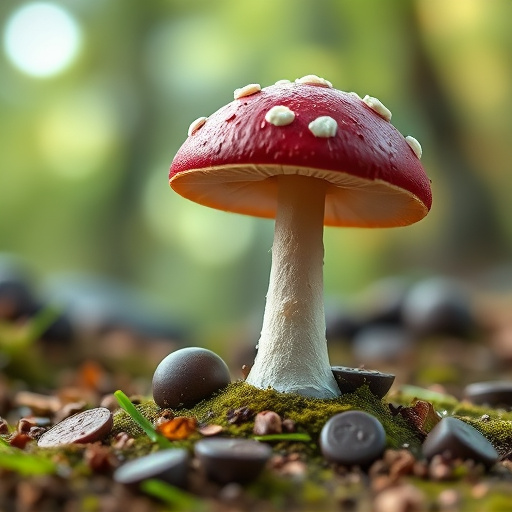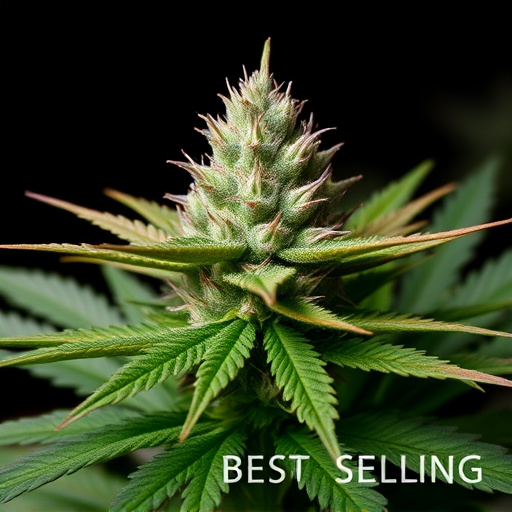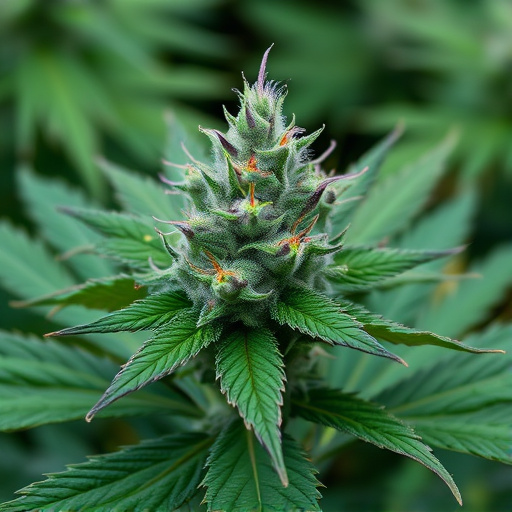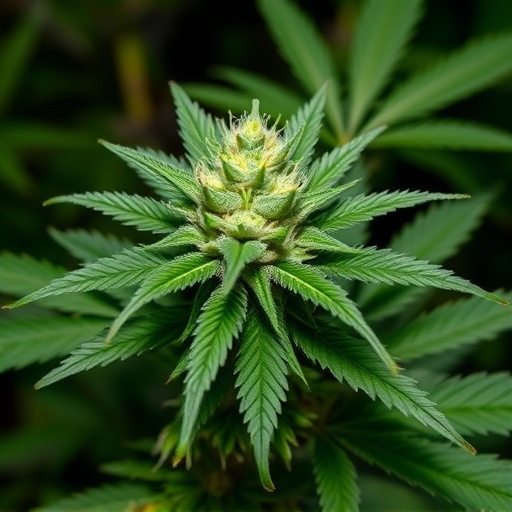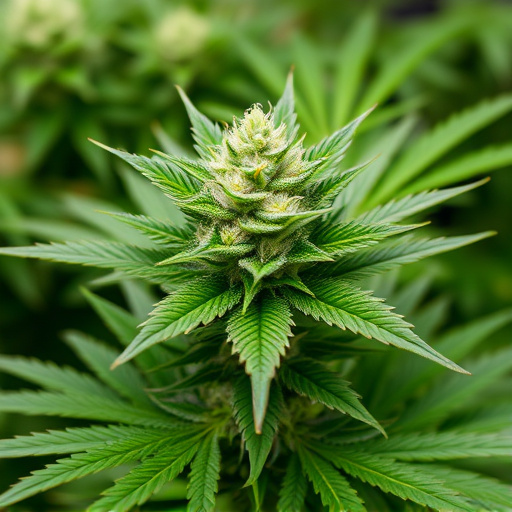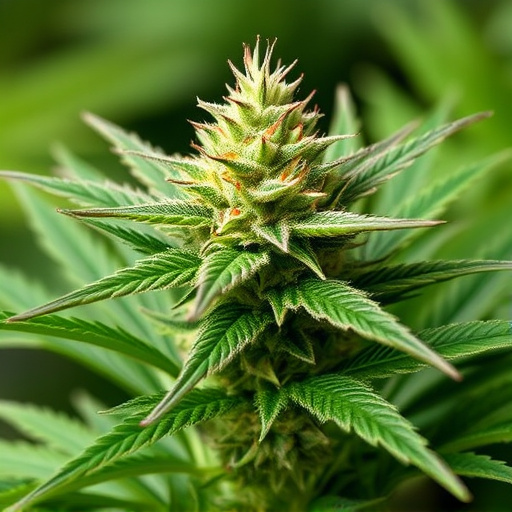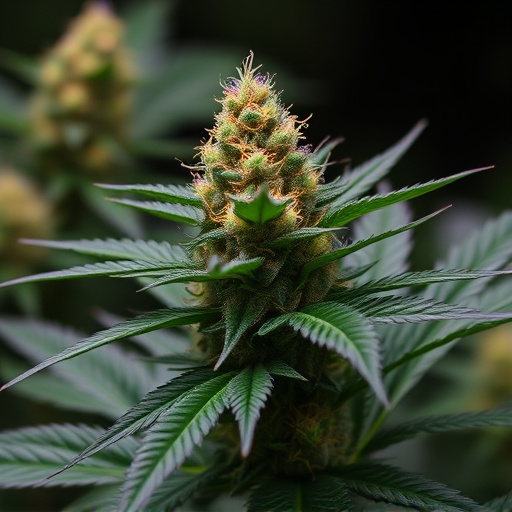The distinct "skunk" aroma of cannabis is primarily driven by terpenes, natural compounds with unique scent and flavor profiles. Strains rich in myrcene and other terpenes have more pronounced skunkiness, appealing to users who enjoy the familiar smell. Terpenes not only enhance olfactory experience but also offer potential therapeutic benefits by interacting with cannabinoids like THC and CBD. Best-selling cannabis strains highlight these terpene-rich profiles, catering to diverse user preferences, and cultivators use selective breeding and genetic modifications to intensify desirable aromas, including skunkiness.
Ever wondered why some cannabis strains carry a distinct skunk-like aroma while others are nearly odorless? It all comes down to terpenes, aromatic compounds that contribute significantly to a strain’s unique scent. This article delves into the science behind skunkiness in cannabis, exploring how genetic diversity and cultivation techniques play pivotal roles in shaping the fragrant profiles of popular strains, including many on the best-selling list.
- The Role of Terpenes in Skunkiness
- Genetic Diversity and Skunk-Like Aromas
- Cultivation Techniques and Scent Intensification
The Role of Terpenes in Skunkiness

The distinctive skunk-like aroma associated with cannabis is largely attributed to a group of volatile compounds called terpenes. These natural organic compounds play a crucial role in the unique scent and flavor profiles of different strains. Among the best-selling cannabis strains, those known for their potent terpine content often exhibit more pronounced skunkiness. Myrcene, a common terpene, is particularly responsible for this characteristic as it has a strong earthy and musky odor. Higher levels of myrcene can make a strain smell more skunky, appealing to many users who enjoy the familiar scent.
Terpenes not only contribute to the olfactory experience but also offer potential therapeutic benefits. Research suggests that certain terpenes may enhance or modify the effects of cannabinoids like THC and CBD. This complex interaction of terpenes and cannabinoids contributes to the diverse range of experiences users have with different cannabis strains, from uplifting and energizing to relaxing and sedating.
Genetic Diversity and Skunk-Like Aromas

The diverse world of cannabis is characterized by an equally varied array of aromas, with skunk-like scents being a notable aspect for many smokers. This unique fragrance isn’t just a result of cultivation techniques; it’s deeply rooted in genetic diversity. Each cannabis strain carries its own distinct genetic makeup, contributing to the wide spectrum of flavors and odors. While some strains naturally produce more potent skunk aromas, others offer a subtler hint of these characteristics.
Genetic variations play a significant role in determining the chemical composition of cannabis plants, including terpenes and cannabinoids, which are responsible for the plant’s scent and effects. Best-selling cannabis strains often owe their popularity to not just their high THC or CBD content, but also their distinct and desirable aromas. Understanding these genetic influences allows cultivators to breed and select varieties that cater to specific preferences, ensuring a wide range of options for consumers who appreciate the more skunkier notes in cannabis.
Cultivation Techniques and Scent Intensification
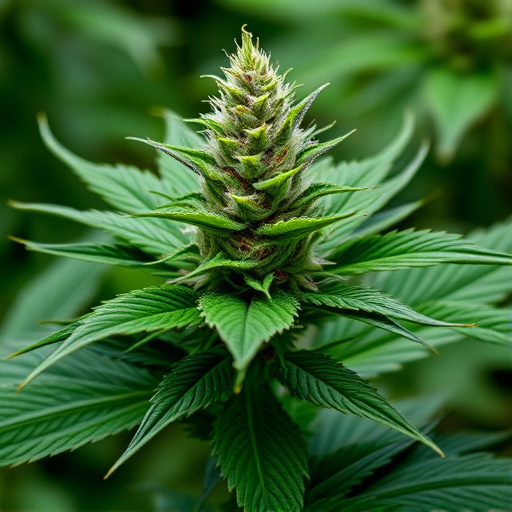
Cultivation techniques play a significant role in shaping the scent of cannabis strains, with skunkiness being one of the most distinct characteristics. Growers often experiment with various methods to enhance or alter the plant’s natural aroma. One such technique involves controlling the environment in which the cannabis grows, including temperature, humidity, and light exposure. Different conditions can trigger specific chemical reactions in the plant, leading to variations in scent. For instance, cooler temperatures can encourage the production of certain terpenes, known for their skunky notes, while warmer climates may produce more fruity or floral scents.
Additionally, selective breeding and genetic modifications are employed to create popular best-selling cannabis strains with heightened skunkiness. By carefully choosing parent plants with desirable traits, breeders can intensify the concentration of myrcene, a terpene commonly associated with skunky aromas. This focus on scent has led to the development of iconic varieties that capture the essence of skunk through their unique olfactory profiles, captivating both seasoned smokers and those exploring the diverse world of cannabis.
Cannabis enthusiasts often seek out specific strains for their unique aromas, with skunk-like scents being a popular choice among many. This preference highlights the intricate relationship between genetics, cultivation, and the resulting scent profiles. By understanding the role of terpenes, exploring genetic diversity, and recognizing the impact of cultivation techniques, consumers can navigate the market to discover the best-selling cannabis strains that cater to their olfactory preferences. These factors collectively contribute to the diverse and captivating world of cannabis aromas.
